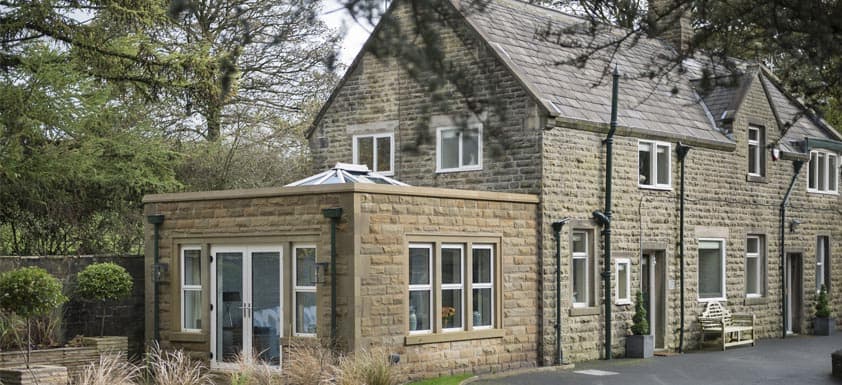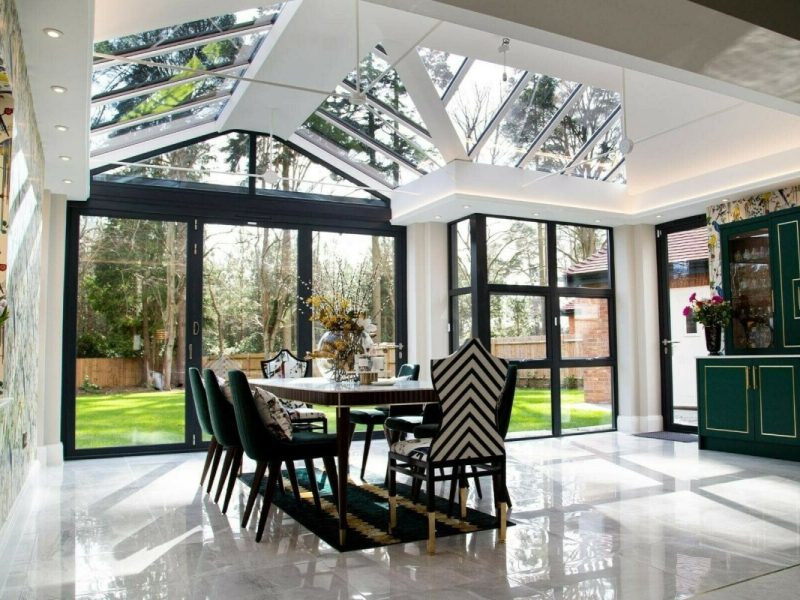Home Improvements for a Listed Building

Listed properties can be truly beautiful; full of charm, with original features that add an incredible amount of character to your home. Properties are listed as they have been deemed to be “of significant interest”. A listed property will usually have crucial features that are historical or architectural, and as such, are protected with legislation.
The gradings are as follows:
- Grade I – Buildings of exceptional interest, which applies to only 2.5% of listings, few of which are homes.
- Grade II – Particularly important buildings of more than special interest, which make up around 5.5% of listed buildings.
- Grade III – Buildings of special interest, which make up the vast majority of listings.

Listed properties can be found by checking with your local authority planning departments, or even at the local library. You should ensure that you are fully across all of the implications of owning and maintaining a listed building before you proceed with any new purchase. You may even find that certain grants for repairs and alterations may be available from English Heritage and other local authorities, though these are typically more common for Grade I and Grade II buildings.
Making improvements or upgrading your home can be slightly more complicated, but as a listed building owner, you have a responsibility to ensure your home is well-maintained. Significant home improvements or extensions are not necessarily out of reach but require careful consideration.
The best advice we can give you is to be cautious when embarking on a new project. Work on the assumption that all parts of your building are covered by the listing, even outbuildings, boundary walls and other heritage features. Typically, a local conservation officer is likely to be more supportive of home improvements that are sympathetic to the existing aesthetic of the building, with like-for-like designs or materials being used wherever possible.

A great example of this would be the replacement of the windows. Whilst there are extensive, modern options available, a contemporary and slick alternative is far less likely to be approved compared to a heritage-inspired style. For example, our Vertical Sash Windows boast superior energy efficiency and are incredibly low-maintenance, but would still be in-keeping with your listed home, especially if finished with a timber-effect.
There are a range of considerations to make if you are thinking about adding an extension to your listed property. The status of your building essentially gives it legal protection, so you may need to apply for listed building consent (LBC) before you make any changes, along with planning permission. When we attend for your initial consultation, we can talk through the implications of the listing, and advise you exactly what steps you need to follow to be compliant. Whilst consent can be applied for retrospectively, we highly recommend against this approach, which is high-risk and could result in the extension needing to be removed down the line.
Ordinarily, conservatories are classed as a permitted development, but this no longer applies if attached to a listed building. You should carefully review the history of your home, to double check if any additions or extensions have been added over the years. This will almost certainly influence the likelihood of any new project being approved. Applications will of course be considered on a case by case basis, but you will to ensure that your proposed design doesn’t overpower the existing property. We can work with you to produce an extension proposal, with the best chances of it being approved. If we need to seek additional expertise, we are very well-connected throughout the Southwest, and have undertaken many installations with additional listed considerations over the years.
Simply drop us an email, or give us a call to organise a completely free and no-obligation consultation to establish the next steps for your listed home.

